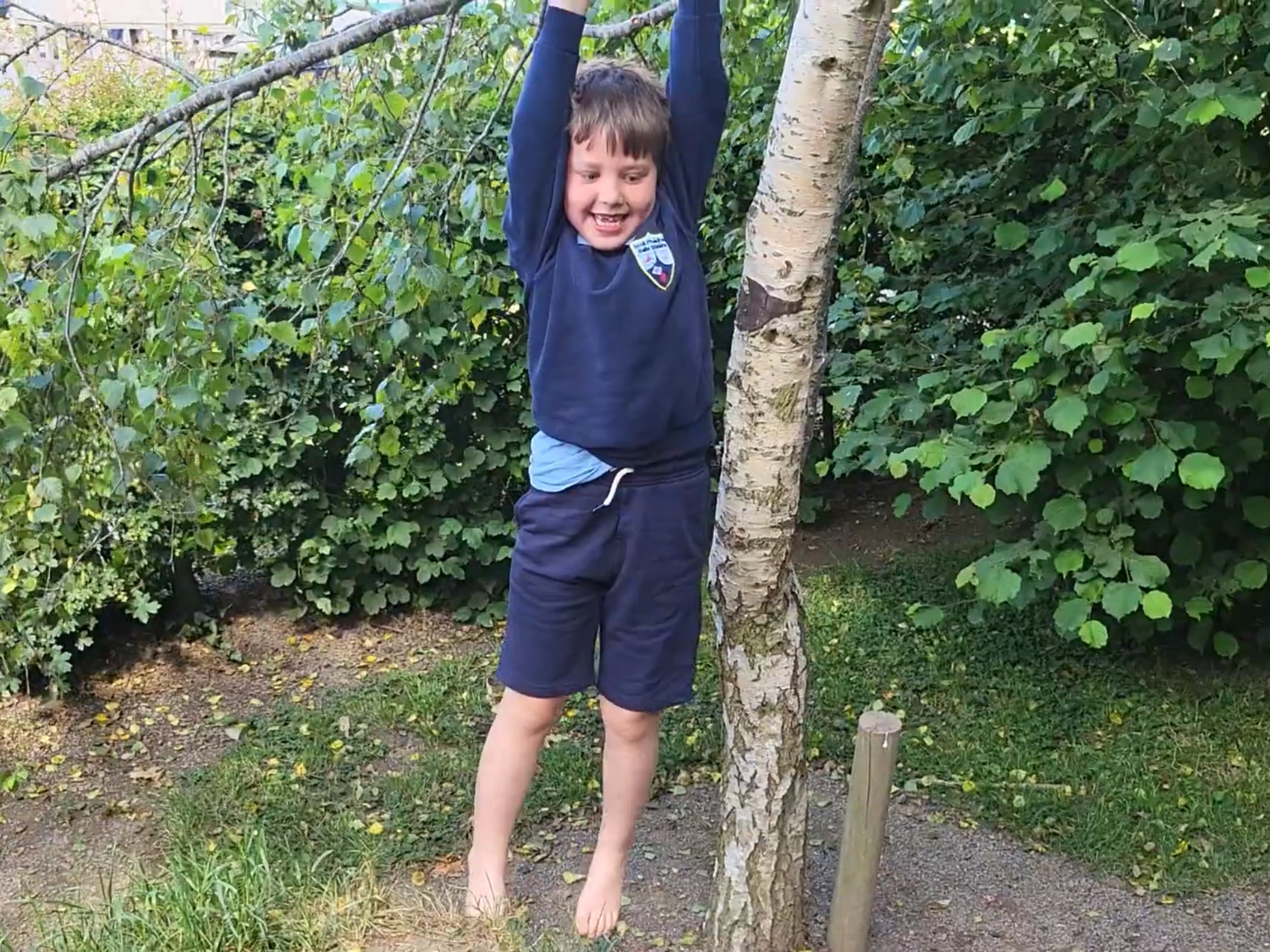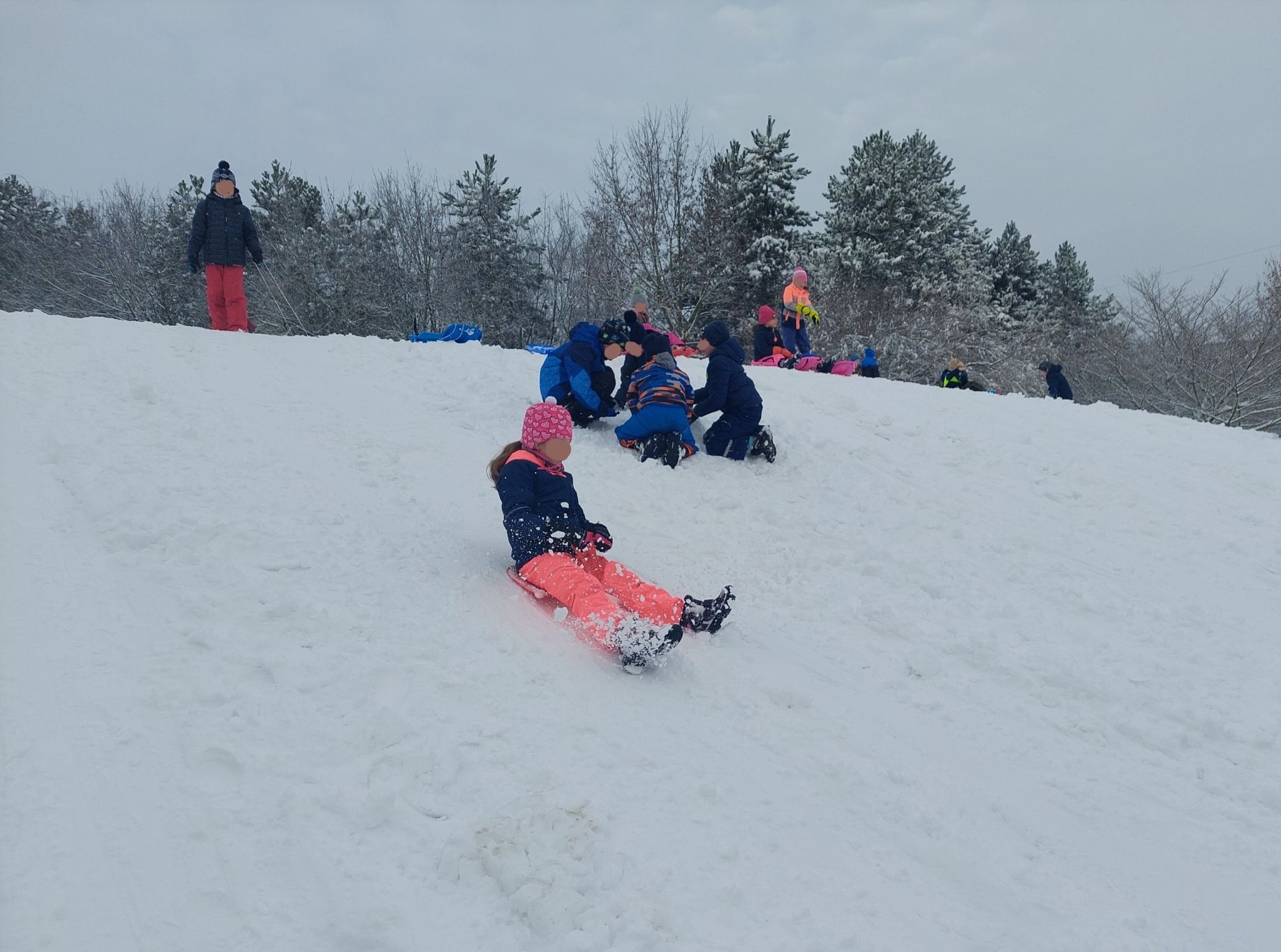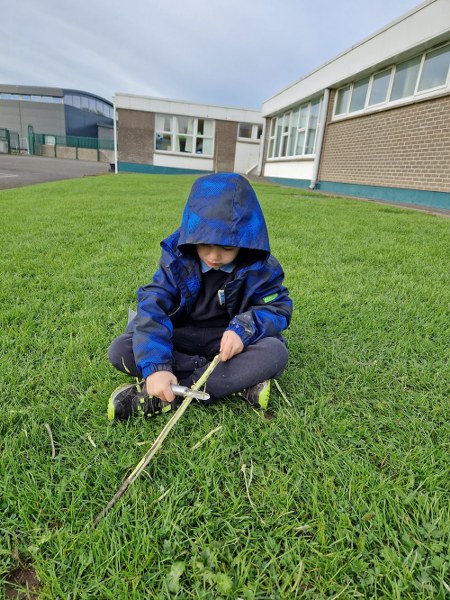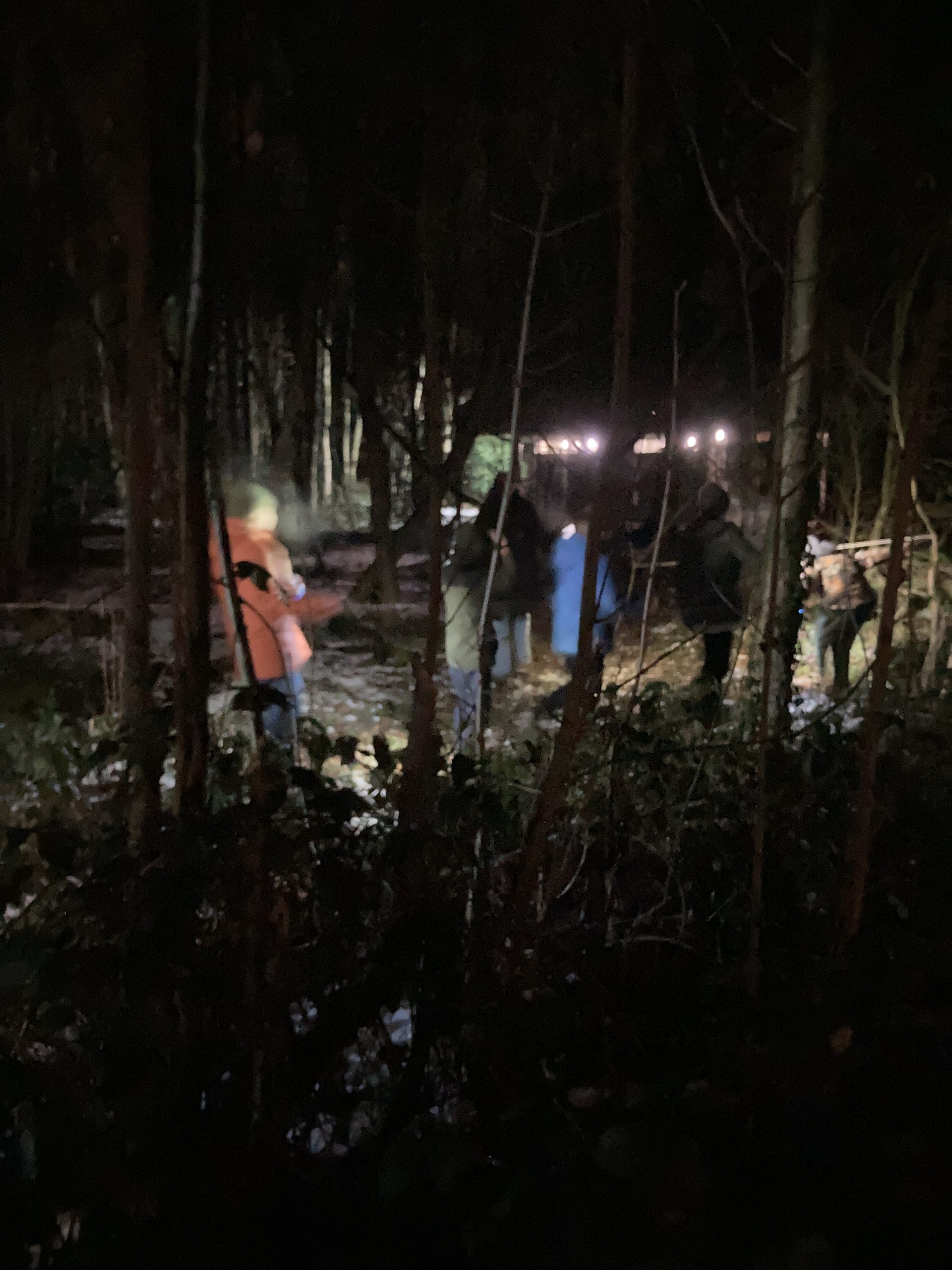Adventurous play
Adventurous play and outdoor exploration ignite children’s natural curiosity, creativity, and confidence.
Risky or adventurous play refers to activities that allow children to experience and manage physical, emotional, and social challenges in a controlled but stimulating environment.
Engaging in these activities offers children opportunities to face fears and understand the world.
It is now well accepted that risky or adventurous play is necessary to develop risk-taking skills and to obtain risk competence. Depriving children from age-adequate risk play will hinder normal child development and is being associated with the development of risk aversion and dislike of the environment.
Outdoor spaces, and preferably natural environments, offer the greatest opportunity for children to engage in risk-taking behaviour and adventurous play. Natural environments also have restorative qualities that help in coping with everyday stress and support creativity, learning and education. In addition, spending time in nature as a child nurtures lifelong positive attitudes about nature and the wider environment.
Categories of adventurous play
What are the benefits of risky or adventurous play?
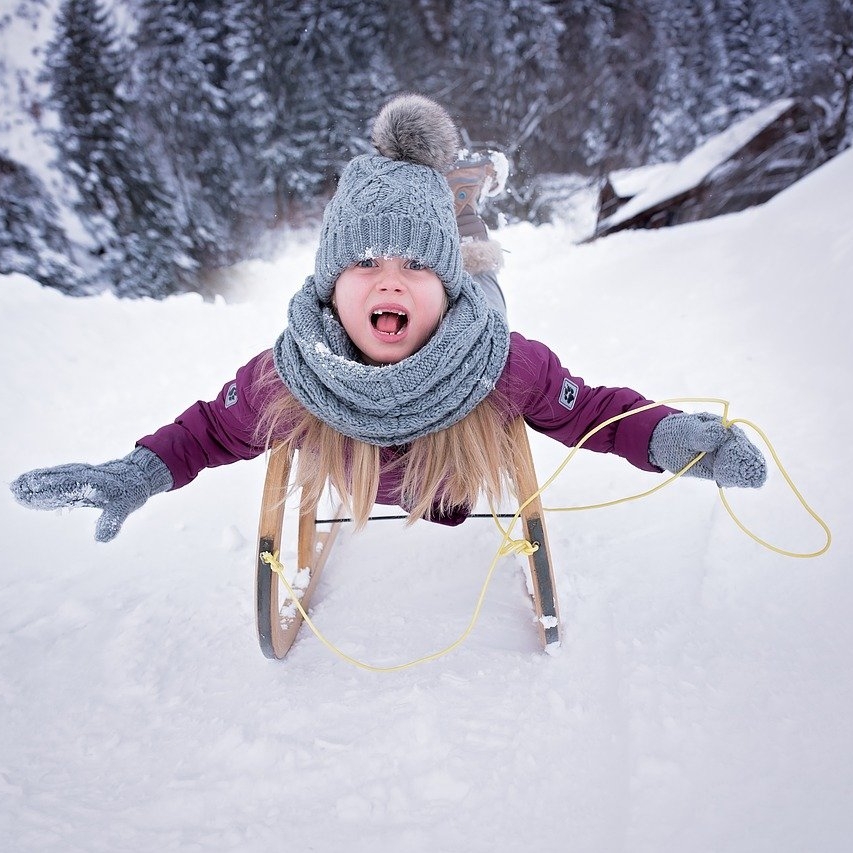
For children:
- Physical Development: Risky play helps children develop essential motor skills, coordination, and physical strength as they test their limits and learn to move confidently through space.
- Risk Management Skills: Engaging in risky play allows children to evaluate risk, make decisions, and develop problem-solving skills. This helps them learn how to approach challenges with caution and confidence.
- Emotional Resilience: When children engage in risky play, they learn to cope with fear and frustration. Overcoming these emotions fosters resilience, adaptability, and self-esteem.
- Creativity and Independence: Risky play encourages exploration and curiosity, which helps children develop creativity, independence, and critical thinking as they navigate their environment and invent new ways of play.
For Teachers and Educators:
- Fostering Independence: Risky play allows teachers to guide children in a way that promotes self-reliance and independent thinking.
- Reduced Overprotection: Encouraging calculated risks in a safe environment helps educators create a balanced approach, allowing children to grow without overprotecting them from challenges.
- Enhanced Learning Environment: Risky play can be integrated into broader educational frameworks, encouraging holistic growth and supporting children’s mental and emotional development.

